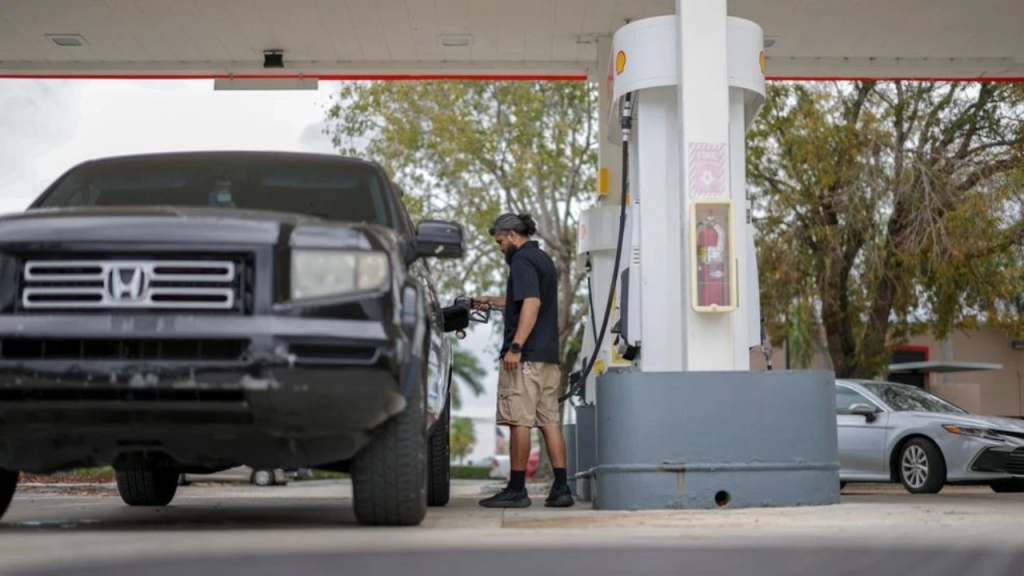
As gas prices continue to rise across the nation, Fresno drivers are now paying an average of $4.90 per gallon for regular unleaded fuel as of May 2025. This increase is part of a larger statewide trend in California, where several factors are converging to push fuel costs higher — impacting drivers’ wallets just as summer travel season approaches.
Refinery Closures Threaten California’s Fuel Supply
One of the most significant contributors to the recent spike in gas prices in Fresno and throughout California is the looming closure of key oil refineries. Industry insiders and environmental regulators report that California could lose about 20% of its oil refining capacity within the next year. This includes planned shutdowns at the Phillips 66 refinery in Los Angeles and the Valero refinery in Benicia.
The impact of these closures is expected to be profound, as California relies heavily on in-state refining to meet its unique fuel blend requirements. The reduction in refinery output threatens to tighten local fuel supplies, inevitably driving prices upward. Industry experts warn that this disruption could add anywhere from 50 cents to $1.50 to the price per gallon, depending on supply chain volatility.
Seasonal Demand Pushes Prices Upward
As summer approaches, gas prices tend to rise nationwide due to increased travel. This year is no exception. Gasoline demand has grown steadily, with California’s consumption inching up from 8.71 million barrels per day to nearly 8.79 million barrels per day.
At the same time, gasoline production has decreased slightly, further tightening the balance between supply and demand. This classic market dynamic results in upward pressure on pump prices, especially in states like California where fuel supply chains are already strained.
Environmental Regulations Increase Fuel Costs
California is a national leader in environmental regulation, particularly regarding vehicle emissions and fuel formulations. The state’s Air Resources Board (CARB) recently approved tougher Low Carbon Fuel Standards (LCFS) aimed at reducing greenhouse gas emissions from transportation fuels.
While these policies benefit the environment in the long run, they carry short-term costs. Experts estimate that the new standards could add up to 65 cents to a dollar or more per gallon in the coming years. This cost reflects the higher production expenses associated with cleaner, low-carbon fuel blends mandated by state law.

Supply Chain Vulnerabilities and Tax Burdens
California’s geographic isolation and pipeline limitations mean that the state depends heavily on imported fuel delivered by ships and trucks. Any disruption in global supply chains, including geopolitical tensions or shipping delays, can quickly ripple through and affect local gasoline availability.
Additionally, California imposes some of the highest gas taxes and fees in the nation. These taxes fund transportation infrastructure but also contribute significantly to the pump price. The combined effect of excise taxes, environmental fees, and regulatory costs means consumers in Fresno pay well above the national average per gallon.
For an official breakdown of California’s fuel taxes and regulatory fees, check the California Department of Tax and Fee Administration.
What This Means for Fresno Drivers
With Fresno’s average price climbing to $4.90 per gallon, many drivers are feeling the pinch, especially those who commute long distances daily or rely on their vehicles for work. Experts advise consumers to consider carpooling, using public transportation, or switching to more fuel-efficient vehicles when possible.
Though some analysts predict prices could stabilize or even dip later in the year if refinery output adjusts or demand softens, the near-term outlook remains challenging. Fuel price volatility will likely continue as California grapples with refining capacity loss, stringent environmental regulations, and fluctuating demand.
The rise in gas prices in Fresno is the result of a complex interplay of refinery shutdowns, increased seasonal demand, tough environmental standards, supply chain vulnerabilities, and high state taxes. While these factors serve larger goals like reducing pollution and supporting infrastructure, they come with a cost that is felt directly by everyday Californians at the pump.
